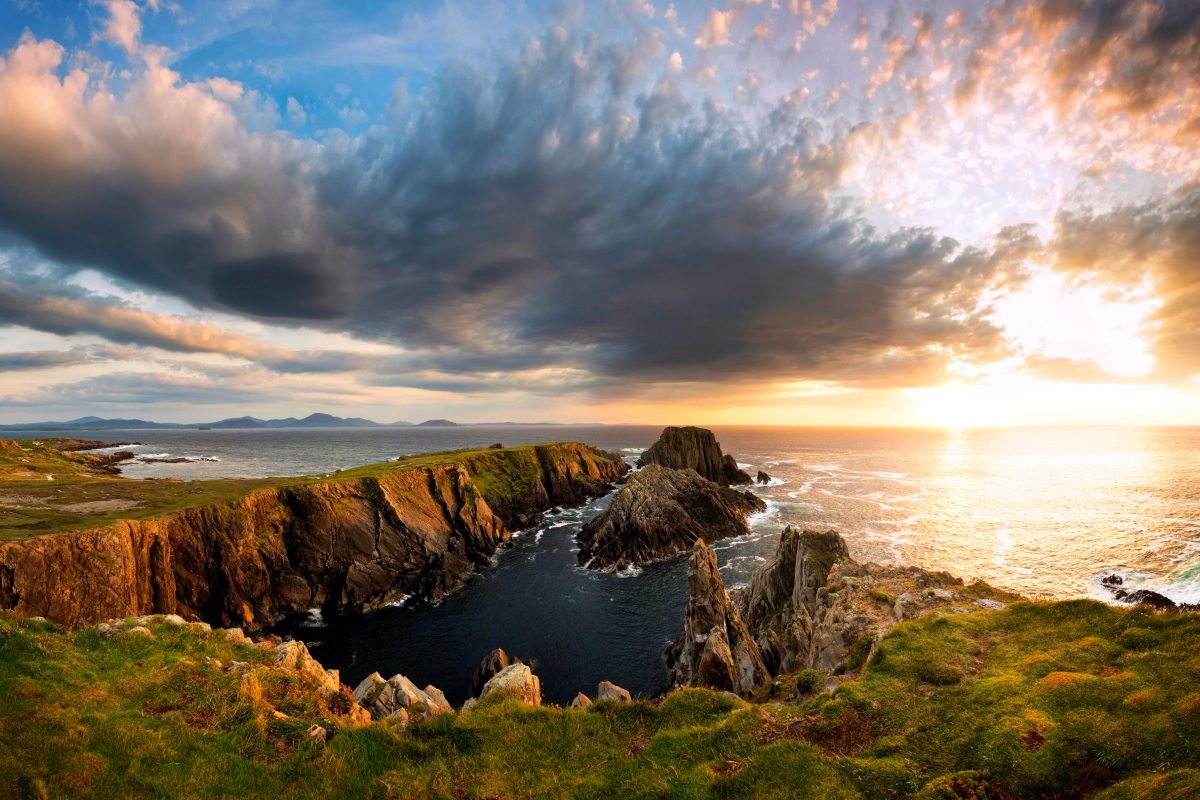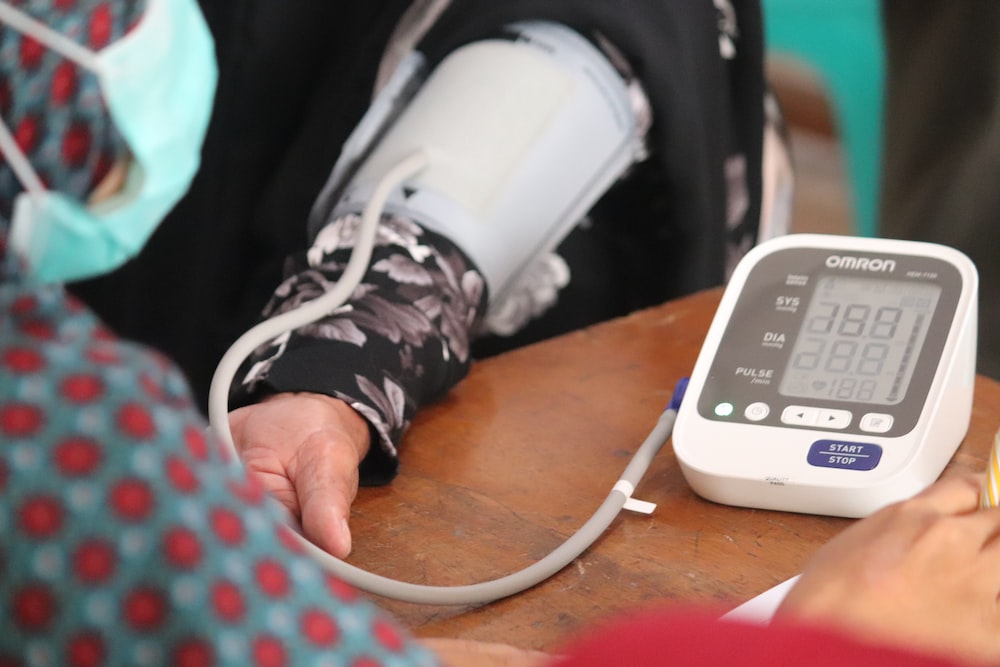Ireland’s northwest includes the county of Donegal. It’s a well-liked tourist destination for those looking for natural beauty and outdoor activity because of its rough coastline, immaculate beaches, and breathtaking vistas.
The Wild Atlantic Way, a 2,500 km picturesque route along Ireland’s west coast, is one of Donegal’s attractions. The route’s Donegal segment is especially beautiful, featuring soaring coastal cliffs, secret coves, and picture-perfect fishing communities.
Donegal has a vibrant cultural history in addition to its natural beauty. Visitors can explore historical buildings and old ruins including Glenveagh Castle, a 19th-century castle situated in a lovely lawn, and the Grianan of Aileach, a stone fort dating back to 1700 BC.
Traditional music from Donegal is very well-known, and it can be heard at festivals and in bars all around the county. One of the highlights of the music calendar is the Donegal Fiddlers’ Gathering, which takes place every year in Glencolmcille.
Donegal provides a variety of outdoor pursuits, including hillwalking, kayaking, surfing, and cycling. The Bluestack Mountains and the Slieve League Cliffs, two of Ireland’s top hiking destinations, are located in the county.
Overall, Donegal is a must-see location for anyone interested in the outdoors, culture, or natural beauty. Donegal offers activities for everyone, whether they want to hike through breathtaking scenery, discover ancient sites, or just unwind on the beach.
FAQ About Donegal
What is the fame of Donegal?
Donegal is well known for its breathtaking natural scenery, which includes the Wild Atlantic Way, a rocky coastline, and lovely beaches.
What religion predominates in Donegal?
Christianity is the predominant religion of Donegal, and most people identify as Roman Catholics.
Is Donegal a town or a city?
Ireland’s Donegal County is a county, neither a city or a town. The county’s administrative hub and the biggest town in Donegal is Letterkenny.
Do you live in Scotland or Ireland, Donegal?
Donegal is not in Scotland; it is a region of northwest Ireland.
Three things to know about Donegal.
- The Slieve League Cliffs in Donegal are the tallest sea cliffs in all of Europe, rising 601 meters (1,972 ft) above the Atlantic Ocean.
- Traditional music from Donegal has a long history and is renowned for its distinctive fiddle playing.
- Enya, a well-known singer with over 80 million albums sold worldwide, was born and reared in the village of Gweedore in the Irish province of Donegal.
What kind of money is used in Donegal?
The Euro, which is the official currency of Ireland, is the money in use in Donegal.
What gives Donegal its name?
The fort or dun of the Galls, a Norse Viking tribe that arrived in the region in the ninth century, is said to be the source of the name Donegal. In homage to these Viking settlers, Donegal’s Irish name, Dn na nGall, also means “fort of the foreigners”.
What is Donegal’s capital city?
The county’s administrative hub and the biggest town in Donegal is Letterkenny. Buncrana, Donegal Town, and Killybegs are just a few of the noteworthy towns and villages in Donegal.
Why did residents of Donegal leave?
People have departed Donegal throughout history for various reasons, much like in many other regions of Ireland. Due to poverty, a lack of opportunity, and political turmoil, a sizable population left Donegal in the late 19th and early 20th century and immigrated to North America, Australia, and other countries. Some people have relocated from Donegal in more recent years in search of career or educational possibilities in other regions of Ireland or beyond. But a lot of individuals also decide to stay in Donegal because of its outstanding natural beauty, vibrant feeling of community, and high standard of living.


 Home
Home










